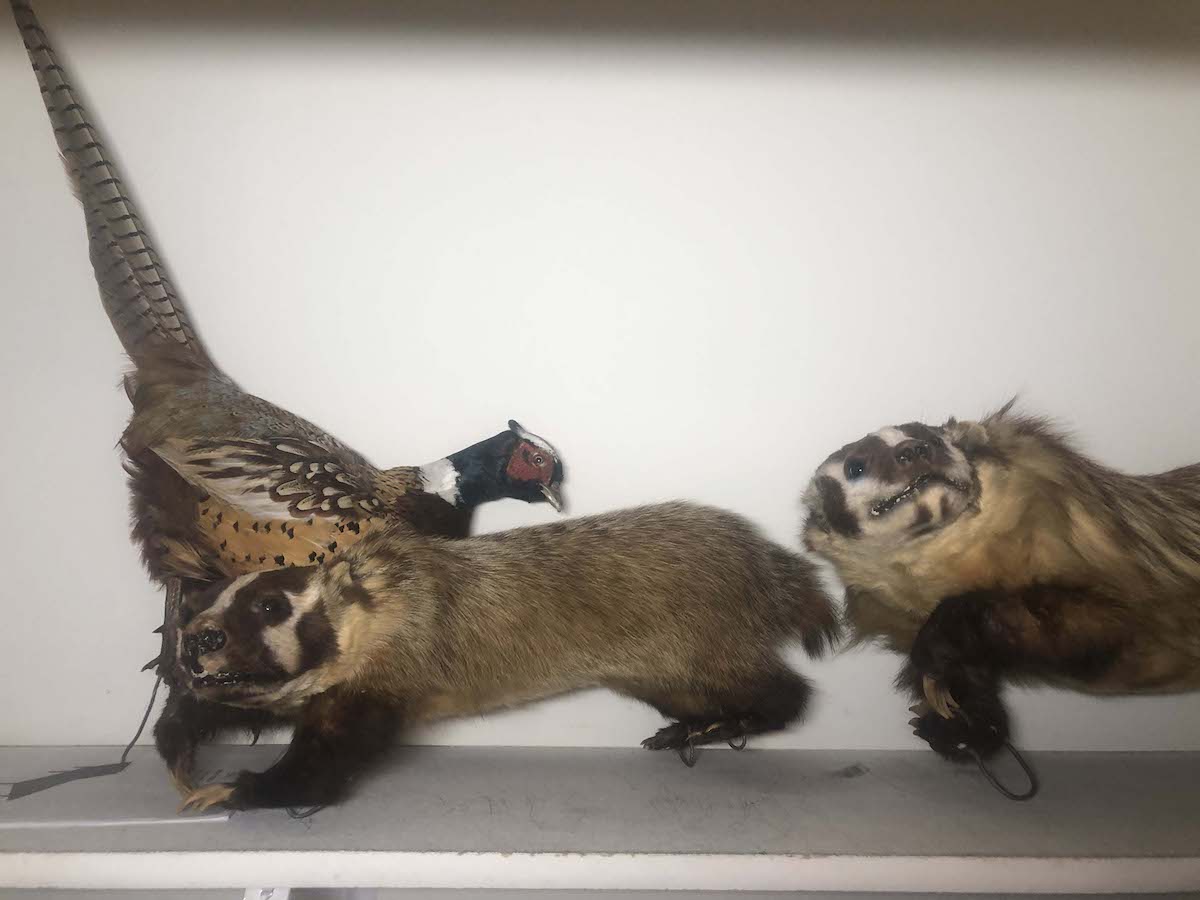Actually, two badgers. And a pheasant.
It’s not unusual for biologists to be surrounded by specimens, but those taxidermized menageries are typically found in museums rather than apartments. Between the stuffed animals, there are boxes of field equipment, containing items from GoPro cameras, batteries, and DNA capture tubes to more low-fi items like solo cups, an 80 ft rope and a hole-digger.

I’ll explain more later about how each of those items plays into my research, but having the almost all the equipment I need for my PhD piled into my closet pretty well illustrates how my first year of grad school in the midst of the pandemic and its “Anthropause” has unfolded. I’m not complaining— despite the challenges, it’s been a privilege to work from home and minimize community transmission. Grad school blends personal and work already, in a way we’ve just dialed that up a few notches.
But next week I’ll be packing up everything to join the billions of birds migrating across North America this spring— I’m crossing from the remnant tallgrass prairie on the Mississippi flyway into the still-extensive mixed-grass prairie of the Central flyway as I head out to the American Prairie Reserve in Montana. This vast area along the Upper Missouri River will be home base for my field season this spring and summer. The Wi-Fi signal won’t be anywhere near as strong as Illinois, but there will be many, many more birds, bison, and of course, prairie dogs.
After nearly a year of brainstorming, reading, and writing, I can’t begin to tell you how excited I am to finally start collecting data in the field and to share stories from the research process! I have to get back to preparing for my first committee meeting, so I will leave you with some of my favorite prairie photos from my time as a field technician last year!